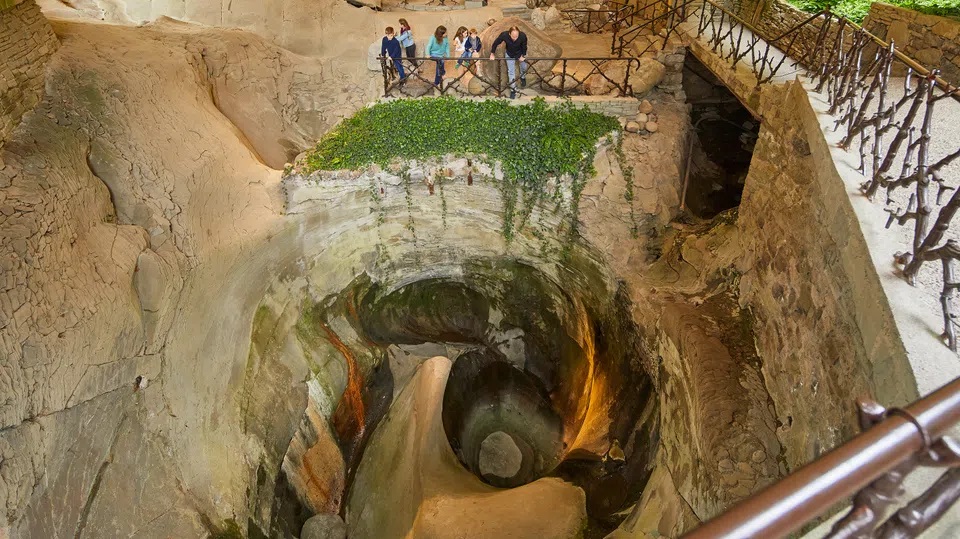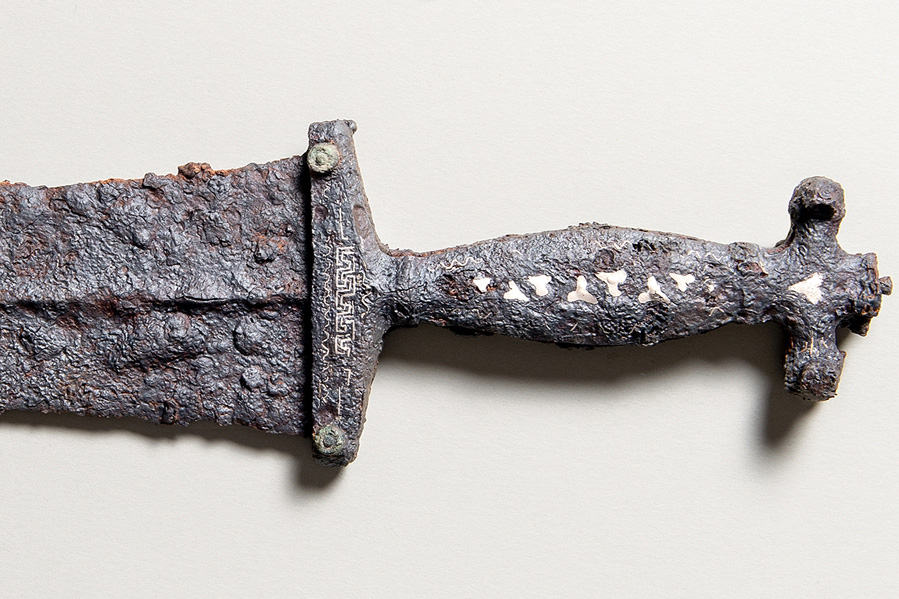Lucerne wanted a wine cellar, instead it dug up an attraction

The Glacier Garden Lucerne opened its doors on May 1, 1873. The tourist attraction owes its existence to a little luck.
A good bottle of wine stored in cool stone cellar: this was Josef Wilhelm Amrein-Troller’s dream when he planned the construction of a wine cellar in Lucerne at the end of the 19th century. But there was a treasure hidden away in the former stone quarry. During the excavation work, a glacier was discovered in a so-called giant’s kettle, a pothole formation shaped by flowing water creating a crevasse which concealed the glacier. It bears witnesses to the last ice age, which occurred over 20,000 years ago.
At the time of its discovery in 1872, Amrein-Troller suspected that this was a sensational find – and a potential gold mine.
On May 1, 1873, just a few months after the discovery, the Lucerne Glacier Garden opened its doors. Visitors from all over the world were not far behind. Notable individuals such as writer Mark Twain, philosopher Friedrich Nietzsche or composer Richard Wagner have all had a look.
150 years and 14 million guests
Now, 150 years later, more than 14 million visitors have visited the natural monument. Not only because of the glaciers, but also for the oriental mirror labyrinth, which has been a tourist attraction since the late 1890s, and the Pfyffer-relief from the 18th century. The Pfyffer-relief is the oldest mountain topographical relief in the world. It depicts the lakes and mountains of Central Switzerland to scale.
What is the Glacier Garden? A patchwork of various collections? Museum director Andreas Burri says it owes its success to the overall layout. “It’s an orderly jumble,” he says. “Anyone who visits has to come several times to discover the order in the chaos. We’re not an ordinary museum.”
History that can be felt
The Glacier Garden has not stood still in time, Burri emphasises. During the Covid-19 pandemic the museum invested over CHF20 million ($22.5 million) to construct a new rock pathway. As the modern architecture collides with ancient sandstone, the entryway into the cave is a journey through time.
More than 130,000 visitors came to the Glacier Garden in 2022, Burri says. “The best result in the past 20 years.”
During the peak season there were up to 50,000 more people than average. Outside the museum walls the range of activities has also expanded, bringing more visitors to the region, he says. “The choice for guests, groups and tourists has become much bigger. We feel that.”
He is convinced that museums are gaining in importance, especially in the digital age. This includes the Glacier Garden, where history can quite literally be felt. “It’s a meeting place, but it’s also a sensory experience.”
More upgrades planned
Renovations are in the planning process for the Glacier Garden. A huge tent-like roof has protected the glacier from weathering since 1980. It is the first of its kind in Switzerland.
However, the current tenting has worn down. A replacement is needed. Burri says this is a difficult but necessary upgrade. “This is a complicated but exciting task that the Glacier Garden will have to face.”

In compliance with the JTI standards
More: SWI swissinfo.ch certified by the Journalism Trust Initiative










You can find an overview of ongoing debates with our journalists here . Please join us!
If you want to start a conversation about a topic raised in this article or want to report factual errors, email us at english@swissinfo.ch.